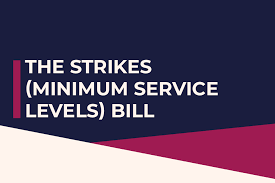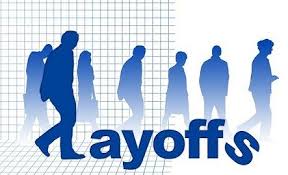Surveillance and Monitoring of Employees Under Privacy Law under Employment Law
Surveillance and Monitoring of Employees under Privacy Law
1. Introduction
In modern workplaces, employers often use surveillance and monitoring to ensure productivity, protect confidential information, prevent misconduct, and maintain workplace safety. However, this monitoring directly impacts the right to privacy of employees, which is a recognized legal right in many jurisdictions. Employment law seeks to balance the legitimate business interests of employers with the privacy rights of employees.
2. Legal Principles
Employer’s Right: Employers are entitled to protect their business interests through monitoring tools such as CCTV, email monitoring, computer usage tracking, and phone call recording.
Employee’s Right: Employees retain a reasonable expectation of privacy, especially in personal communications and private spaces like restrooms or locker rooms.
Balancing Test: Courts generally apply a reasonableness test to decide whether surveillance was justified, proportional, and not excessive.
3. Types of Surveillance
Video Surveillance (CCTV) – Generally allowed in public/common workplace areas, but prohibited in private spaces.
Email and Internet Monitoring – Employers may monitor official emails and internet use, but accessing personal accounts may be unlawful.
Telephone Monitoring – Business calls may be monitored with notice, but private calls are protected.
GPS Tracking – Tracking company vehicles or work devices may be permissible if related to job duties.
4. Case Law Illustrations
(a) O’Connor v. Ortega (1987, U.S. Supreme Court)
Facts: A public hospital doctor’s office was searched by employer without warrant.
Held: The Court recognized that public employees have a reasonable expectation of privacy at the workplace. However, workplace searches by employers are valid if they are reasonable in inception and scope.
Importance: Established the principle that surveillance must be justified and not arbitrary.
(b) Barbulescu v. Romania (2017, European Court of Human Rights – Grand Chamber)
Facts: An employee’s personal Yahoo messages sent during work hours were monitored and used as grounds for dismissal.
Held: The Court ruled in favor of the employee, stating that the employer failed to strike a fair balance between business interests and the worker’s right to private life under Article 8 of the European Convention on Human Rights.
Importance: Landmark case affirming employees’ right to privacy even on workplace communication tools.
(c) City and County of San Francisco v. Superior Court (1991, California)
Held: Video surveillance of employees without their knowledge in restrooms and locker rooms was a violation of privacy rights.
Importance: Certain areas are strictly protected and surveillance there is unlawful.
(d) Katz v. United States (1967, U.S. Supreme Court)
Though not an employment case, it established the doctrine of “reasonable expectation of privacy.” This principle heavily influences workplace privacy disputes.
(e) Indian Perspective – Justice K.S. Puttaswamy (Retd.) v. Union of India (2017, Supreme Court of India)
Facts: The case dealt with Aadhaar but laid down the foundation of the right to privacy as a fundamental right under Article 21 of the Constitution.
Importance: Any employee monitoring in India must pass the test of legality, necessity, and proportionality. Excessive or intrusive surveillance may be struck down as unconstitutional.
5. Key Legal Requirements for Employers
Notice and Consent: Employers should inform employees of surveillance policies (email monitoring, CCTV use, etc.).
Proportionality: Monitoring must be proportionate to the legitimate business objective.
Non-Intrusive Areas: No surveillance in restrooms, locker rooms, or other personal spaces.
Confidentiality: Data collected must be protected from misuse.
Reasonable Expectation: Employees should not be subject to excessive or hidden monitoring unless justified by strong grounds (fraud prevention, security, etc.).
6. Conclusion
Surveillance and monitoring of employees under employment law remain a delicate balance between organizational needs and individual rights. Courts consistently emphasize transparency, proportionality, and fairness in such practices. Employers must adopt clear policies and respect employees’ privacy, while employees must understand that workplace communications and activities may be subject to reasonable monitoring.
✅ In short: Employers can monitor, but not intrude. Employees have privacy rights, but not absolute. Courts balance both interests through the test of reasonableness and proportionality.









0 comments